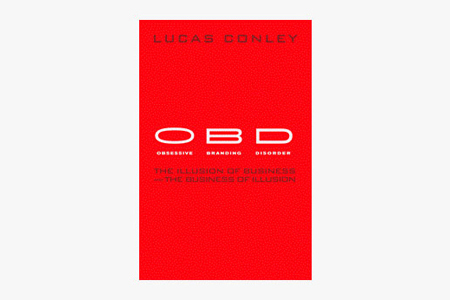|
|||||||||||||||||
|
Obsessive Branding Disorder 1 |
|||||||||||||||||
|
Brands enable us to make our way in the world. Any discrete identity can be usefully held as a brand. A brand is a nested set of opinions. All we can hope to do is manage the value of these opinions. The better we get at identitfying effective opinions the better we get at managing brands. The most useful opinions prevail. A clarification of branding in terms of commerce won't help. Commercial brands may behave more intrusively than other types but once we grasp the value of Brand (singular and capitalised), we can better direct and regulate the attention we give brands. This in turn influences how brands make appeals to consumers. The most enlightened brands behave indirectly, consensually and discreetly, when they are not being applied directly to what they are good at. Any judgement says more about the judge than about what is being judged. Lucas Conley may make some interesting and clever observations about brands within a particular language space. What he succeeds at is identifying the limits of the language space he uses to handle brands (and the process of branding). I need only read Adrian's review to identify this. Brands are not inherently problematic. Branding is not a necessary evil. Everything is a brand. We make sense of everything with branding. Some brands we get right, some we don't. Design can never be in service of anything other than branding. What we need is a new language to manage brands. A new brand language will take care of anything design could ever address. | |||||||||||||||||
|
View original post on Design Observer's blog |
|||||||||||||||||
|
Top |
| ||||||||||||||||
